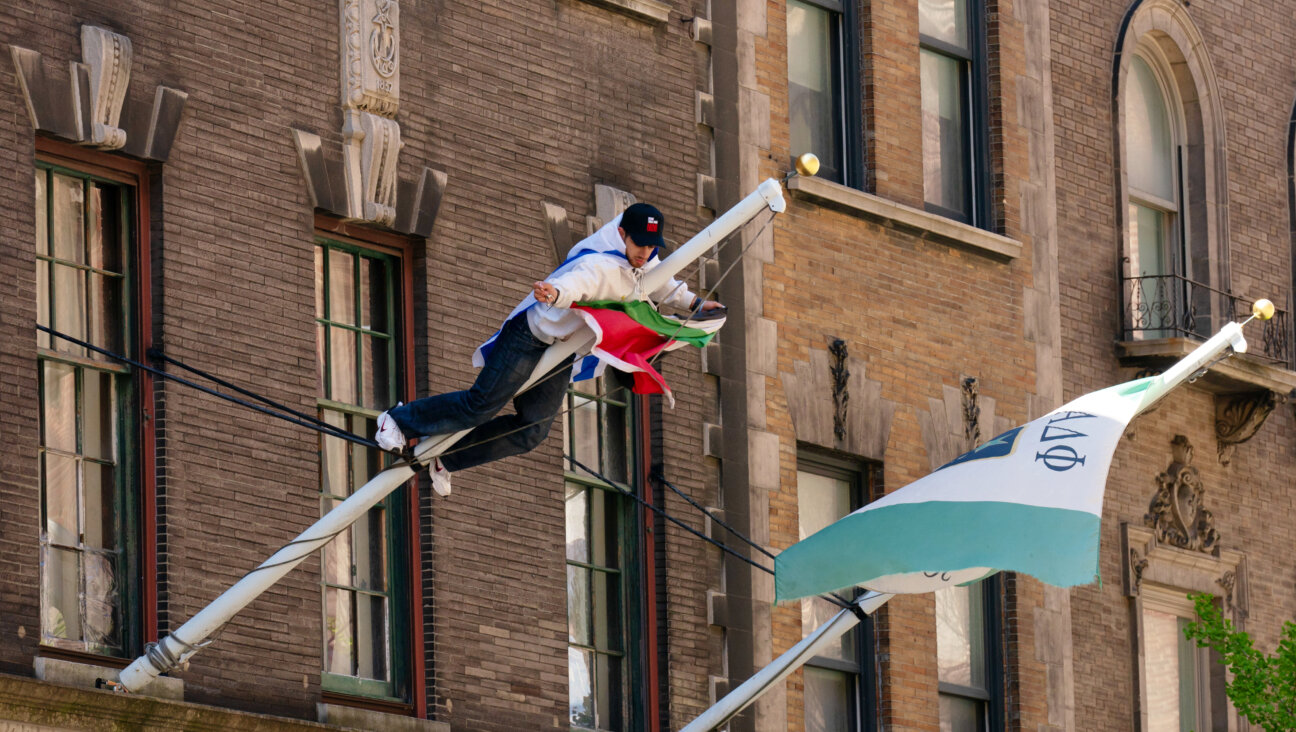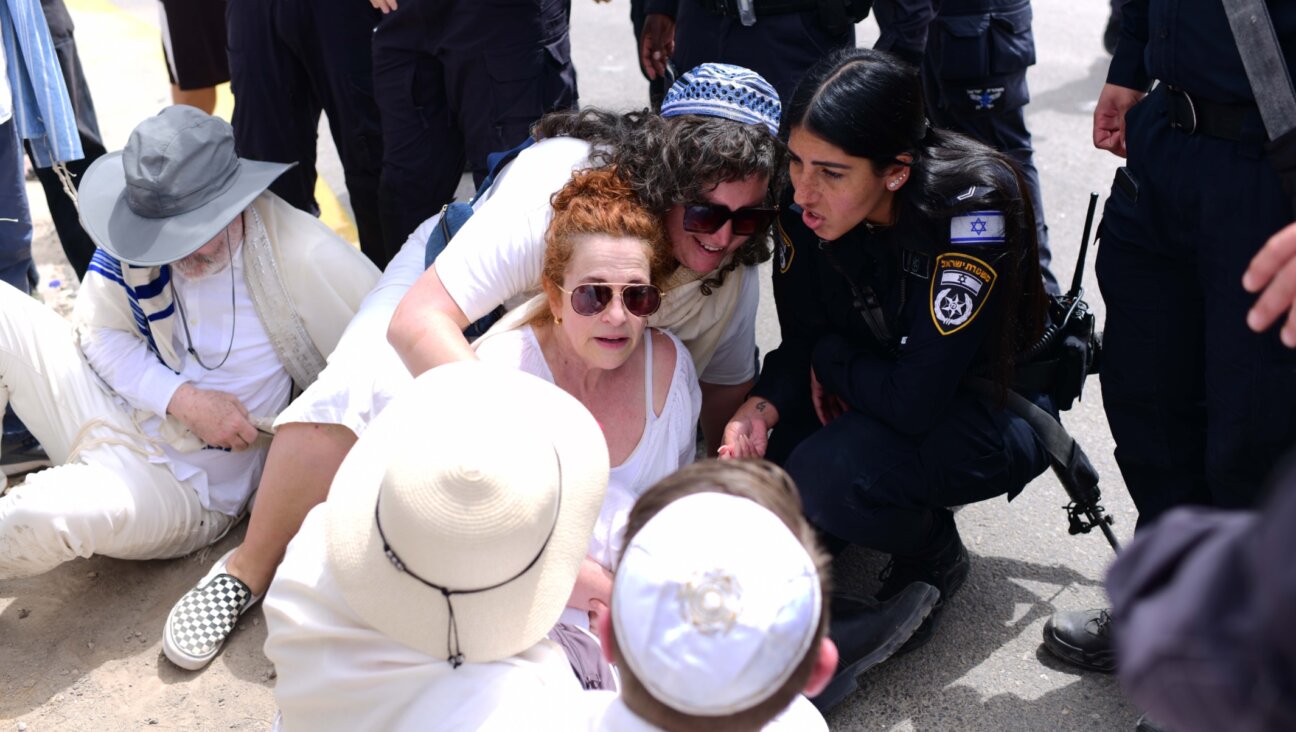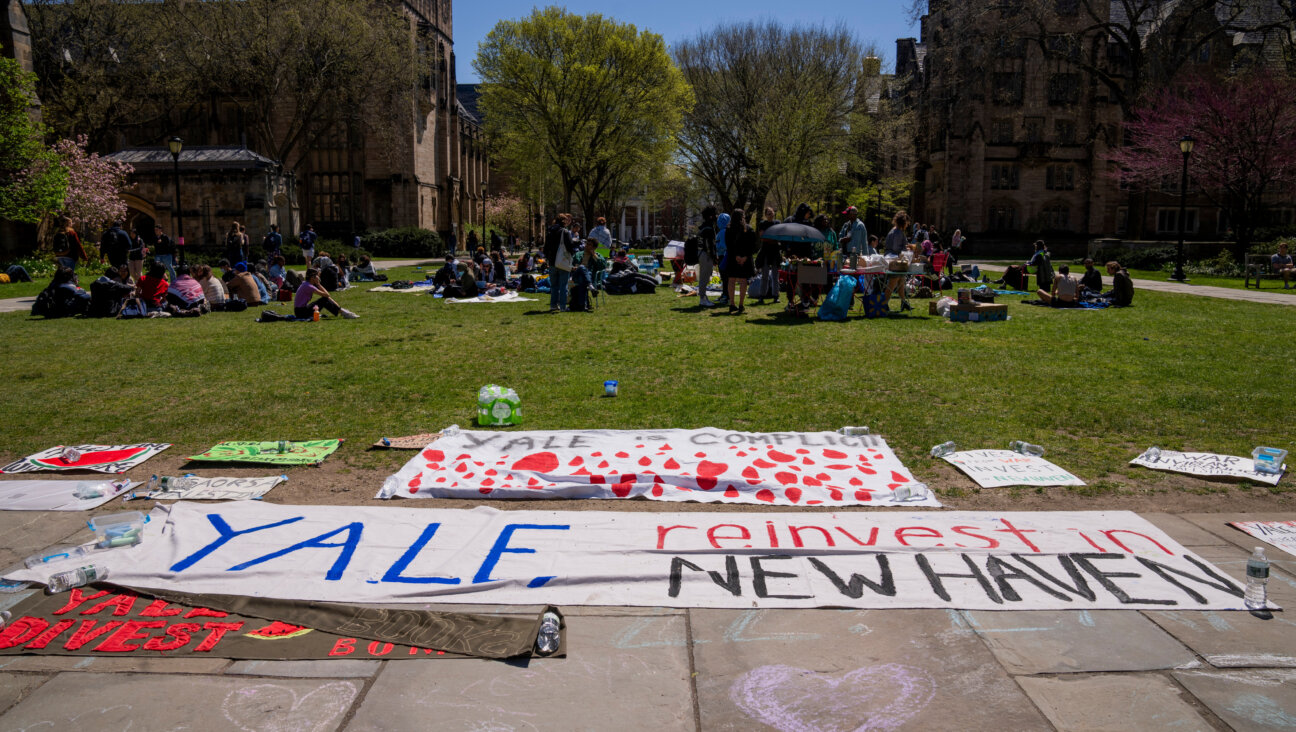Who Is Underneath the Tent?
The passing in the Israeli Knesset of the anti-boycott law on July 11 now seems like a long-lost memory, overshadowed by the tent city protests that started just a few days later and have led to hundreds of thousands taking to the streets. It is no coincidence, however, that just days after the law was passed — which is effectively the government’s way of limiting what people can and cannot say and how they express opposition to government policies — a massive protest movement for “social justice” on a scale never seen before in Israel broke out across the country.
People are out on the streets in what amounts to a boycott of their high-priced homes, of their daily routines and comforts, of the very roads they often use to get to work, of the police and municipalities and of members of Knesset. The general strike on August 1, initiated by the unions, offered a clear illustration of this national boycott. At the risk of sounding glaringly optimistic and speaking a bit too soon, hundreds of thousands around the country are effectively boycotting the very way in which things operate at the highest levels.
In this sense, the silent working-class majority is committing a blatant violation of the anti-boycott law. At the same time, they are palpably expressing how ludicrous that law is, as it demonstrates that while open, critical thought and popular resistance may be trampled on in law, ultimately they cannot be trampled on in practice. This message is the essence of the Arab Spring, and despite obvious differences with Israel’s protests, it is what is shared by the popular uprisings.
But ironically (and unfortunately), no one in the tent city protest movement has even begun talking explicitly about opposition to the settlements or to the occupation, which is arguably the main target of the anti-boycott law. Rather, this massive boycott is confined to being within the Green Line, where the hardworking, nonreligious, nonideological people reside. They aren’t committed to Greater Israel, nor does religious law or national fervor drive them. Rather, these are regular people who just want to make a decent living and live with dignity.
But their shortsightedness is problematic, since, although the anti-boycott law makes no distinction between Israel and the occupied territories, Israeli law and policies have been making that distinction for years, by providing incentives for Jewish citizens to live beyond the Green Line in both East Jerusalem and the West Bank, and by investing much more in the construction of housing there, which also requires extra funding for security. The government has also continued to make distinctions between sectors of society — mainly the religious and the secular — by allowing the religious to study different subjects and exempting them from military service, by refusing to recognize non-Orthodox congregations and marriages, and by tolerating calls by state rabbis for the separation between Jews and Arabs (specifically with regard to housing rights).
If the tent protests are really about social justice for everyone, and if the protesters pride themselves on open-ended and universalist approaches, then the demonstrations should be addressing these divisions in society that cut across far more than just the poor and the rich. This is because in Israel, ideology trumps even economy, as evident from poor sectors, like the religious, who are underprivileged economically but privileged ideologically and politically; conversely, there are rich Palestinian Americans who are barred from buying property in East Jerusalem because of Israel’s demographic calculations. Even if the protesters wish to stay away from the conventional right-left politics, they cannot, and should not, as nothing is apolitical and everything must ultimately be defined.
What is indeed so uplifting about the social unrest under way in Israel is that it is an authentic enactment of the people trying to take back power and assume responsibility. But who are the people here? As a Jewish national protest, the Orthodox and the settlers are glaringly missing from this movement. Even those far-rightists and settlers who have visited the tent encampment on Rothschild Boulevard have made it glaringly clear in their slogans and taunts that they have a very different understanding of social justice and of the future of this country.
This is, therefore, a struggle not only, and not even mostly, between the people and the government; it is also among the people themselves over different visions for the future of this country. The most powerful potential of this protest movement is that it is starting to bring to the surface the notorious divides that have been ailing Jewish Israelis. They will ultimately have to define once and for all who is in the proverbial social justice “tent” and who is outside it.
Mairav Zonszein is an Israeli-American journalist based in Tel Aviv and a writer and editor for 972mag.com.

I hope you appreciated this article. Before you go, I’d like to ask you to please support the Forward’s award-winning journalism this Passover.
In this age of misinformation, our work is needed like never before. We report on the news that matters most to American Jews, driven by truth, not ideology.
At a time when newsrooms are closing or cutting back, the Forward has removed its paywall. That means for the first time in our 126-year history, Forward journalism is free to everyone, everywhere. With an ongoing war, rising antisemitism, and a flood of disinformation that may affect the upcoming election, we believe that free and open access to Jewish journalism is imperative.
Readers like you make it all possible. Right now, we’re in the middle of our Passover Pledge Drive and we still need 300 people to step up and make a gift to sustain our trustworthy, independent journalism.
Make a gift of any size and become a Forward member today. You’ll support our mission to tell the American Jewish story fully and fairly.
— Rachel Fishman Feddersen, Publisher and CEO
Join our mission to tell the Jewish story fully and fairly.
Only 300 more gifts needed by April 30























